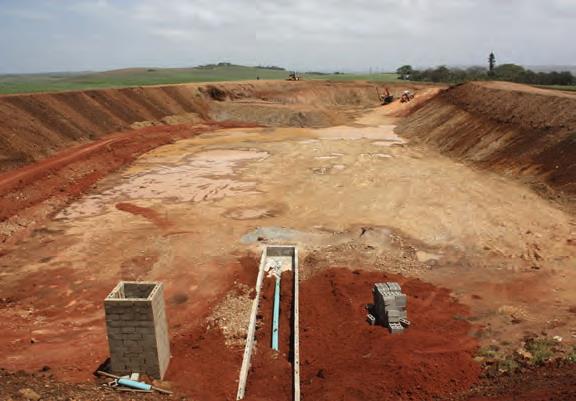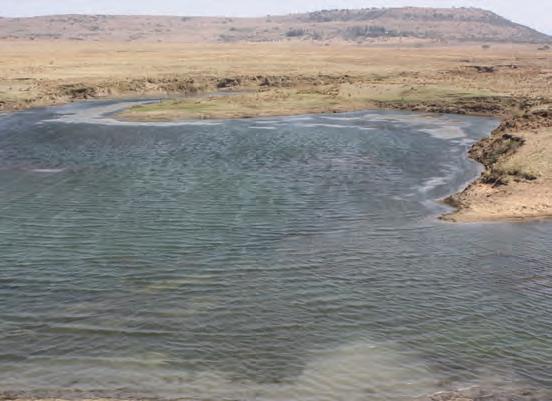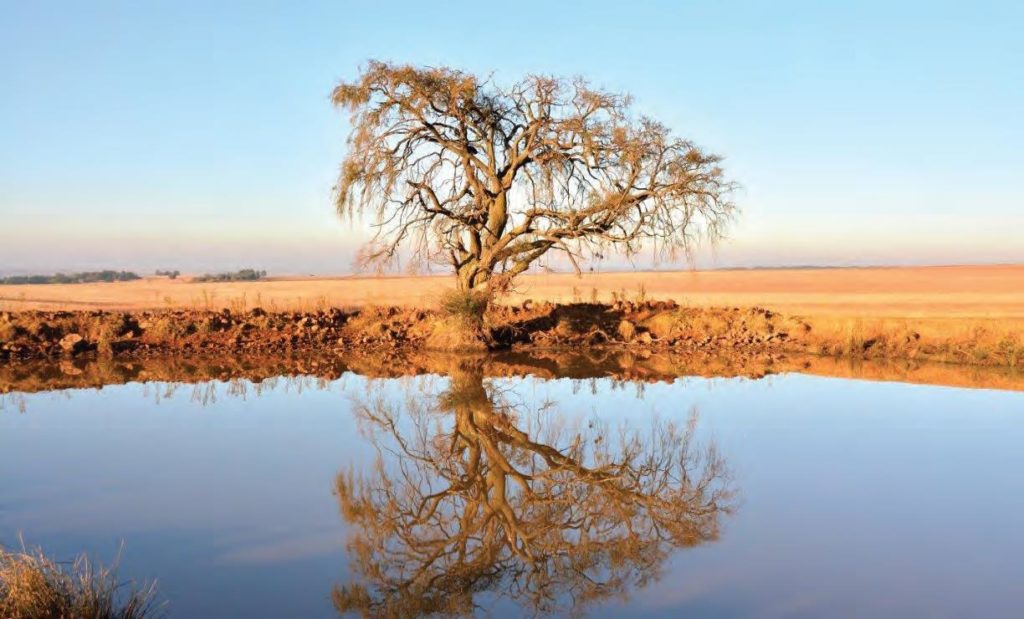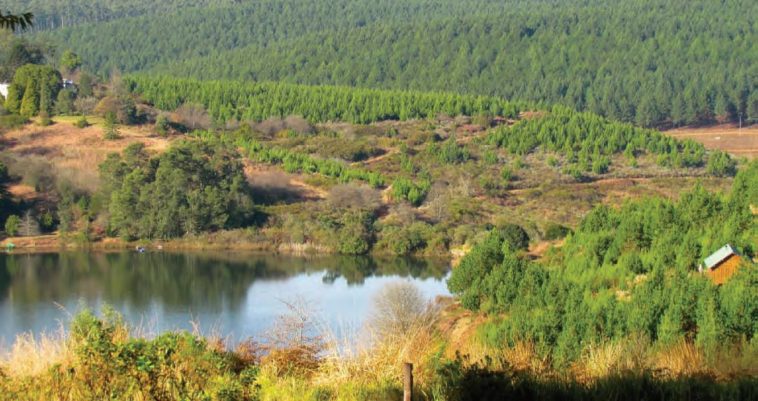“DAM” is a short word but to BUILD it is something else, the wise old men used to say. But nowadays not only dam construction is complicated – it is also the negotiations to obtain the privilege to do so, together with all the accompanying legalities which have to be complied with.
In terms of the National Water Act a dam is a water use (collecting/storage) of water. Consequently it is subject to the determinations of the Water Act and may not be constructed without the required authorisation.
The first possible authorisation is embodied in the so-called General Authorisations. The latest General Authorisation was published in the Government Gazette of 2 September 2016. This is valid for the next twenty years, thus until September 2036.
The General Authorisation is area-bound and only applies to dams lying outside the water course of a stream or river. Such a dam should also have an outlet which can be used to empty the dam completely within 30 days. The maximum volume allowed in the Free State in terms of the General Authorisation is 2 000 cubic metres. This is really rather a small quantity of water (less than half of a normal irrigation dam), but allows reasonably big round dams, such as corrugated iron dams, cement dams and earth dams (with diameters of between 35 meters and 40 metres for dams with a depth of 2 metres and 1,5 metres respectively).

The first step when embarking on the building of a new dam, is to obtain the necessary authorisation.
No difference is made between dams built with different materials. The second possibility is that you may want to build a dam that will be bigger than the General Authorisation allows, or a dam in the bed of a water stream; then you have to apply for a licence. This is a much more wide-ranging process and it is recommended that you approach the nearest office of the Department of Water and Sanitation to assist you with the licence application.
Should the total holding capacity of the intended dam be more than 50 000 cubic metres and the dam wall higher than 5 metres, the dam will also be subject to the Regulations for Dam Safety. Depending on the safety risk of the dam, it is classified by the Department as one of three types of risk. Every risk type has its own requirements regarding design prescriptions and inspections.
You are again advised to contact the Department should there be any possibility of exceeding the limits. To ensure that there is compliance with all legal requirements, it should also be considered that the building of a dam, especially in the stream bed of a water course, will probably also be subject to certain regulations of Environmental Legislation. The Department of Water and Sanitation will be able to advise you.

Dams may be built for irrigation once the required permits have been obtained to proceed with the work.
Am I allowed to use a dam for irrigation?
Yes, you are allowed to irrigate from a dam, BUT remember that irrigation (the taking of water) is a separate water use! You also have to obtain an authorisation to do so. Similar to the collecting of water, there is also a General Authorisation which allows the irrigation with 2 000 cubic metres of water per year.
If you already have authorisation for legal irrigation, you may use the dam to irrigate from it with the volume of water already declared as existing legal use. If it is a new use for irrigation, and the volume is more than 2 000 cubic metres per year, you have to apply for a licence for this purpose with the Department of Water and Sanitation.
May I repair a dam that was broken?
Yes, a broken dam may be repaired. However, the condition is that the capacity of the dam may not be enlarged. The footprint of the construction work is also not allowed to exceed the original footprint. Should it be necessary to change the original footprint (for instance to make the wall wider or build new flanking parapets) it is normal that permission must be obtained from Environmental Affairs.

How big must I build a dam?
This is a very important question. What does it help to build a dam but the run-off to the dam is not sufficient to provide enough water for your irrigation needs?
The run-off to a dam depends on the extent of the catchment area which drains as far as the dam site. The volume of water that drains, also depends largely on rainfall over the whole of the catchment area. It can be accepted as a broad guideline that you need approximately 25 ha catchment for every hectare that you want to irrigate from the dam. So, should you want to irrigate approximately 8 hectares from the dam, the dam would require a catchment area of approximately 200 hectares.
The capacity of the dam should be in the vicinity of about 25% larger than the run-off from catchment area. In our example of 8 ha under irrigation and a catchment of 200 ha, the irrigation water required would be about 32 000 cubic metres per year. It means that the dam should consequently be able to contain approximately 40 000 cubic metres of water.
It is important to keep in mind that, should a farmer wish to build a dam, he should obtain the required authorisation. The first contact point is always the Department of Water and Sanitation. The Department is well-endowed to give proper guidance in this regard. Go to the website +ww.dwa.gov.za/contactRegions.aspx .
It might be necessary in some cases to make use of specialist advice and guidance. A dam is an expensive venture. Remember: The money paid to an expert, may be the cheapest part of the cost of a dam. Without expert input, you may end with an inefficient dam that may even not comply with the law!
You are free to contact Hennie at hennie@landuse.co.za , or visit the website www.landuse.co.za . Hennie Schoeman is a retired engineer specialising in water rights. He is more than willing to share his expertise with farmers and help them with the application process to obtain the necessary permits.









